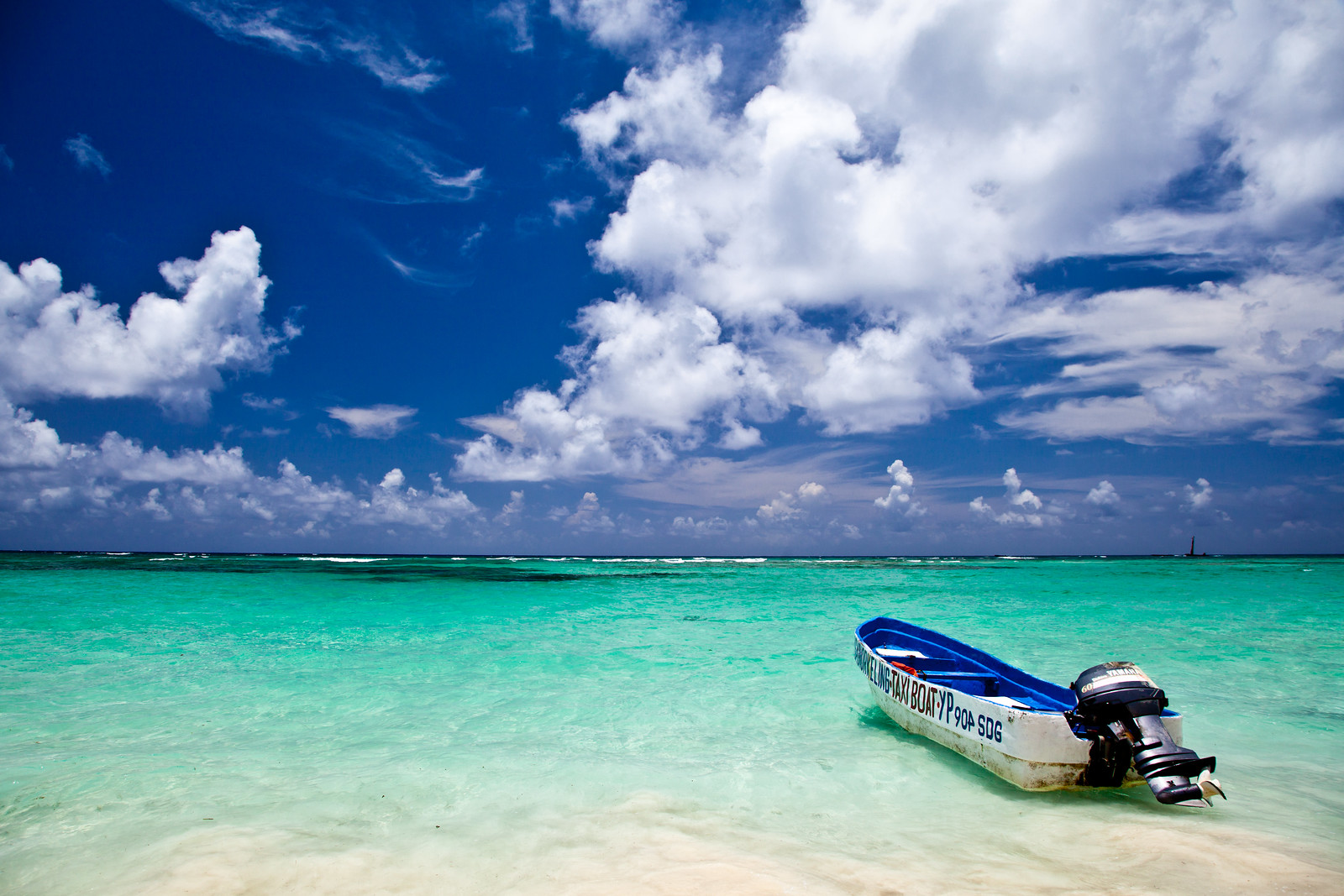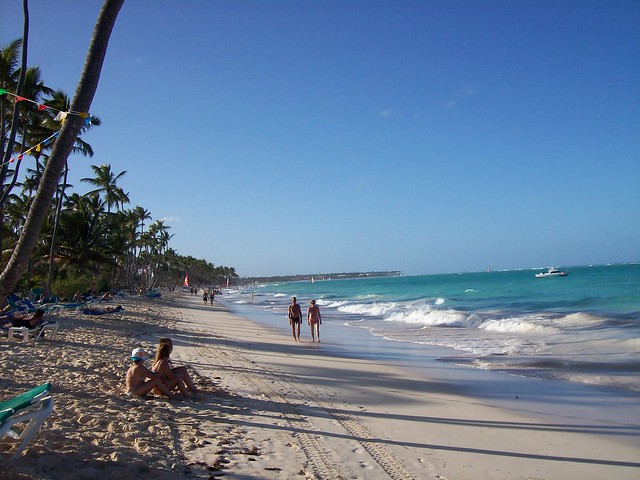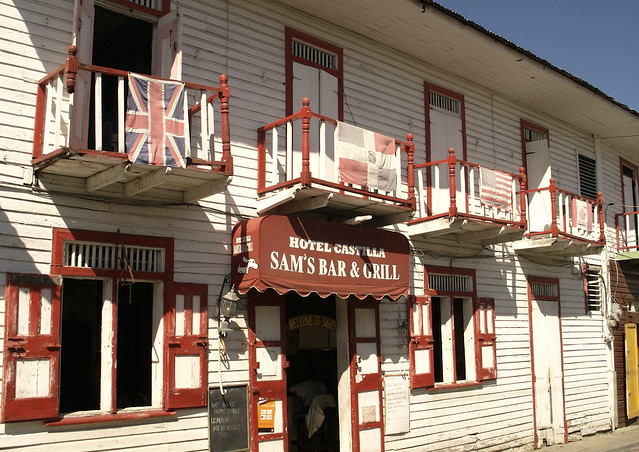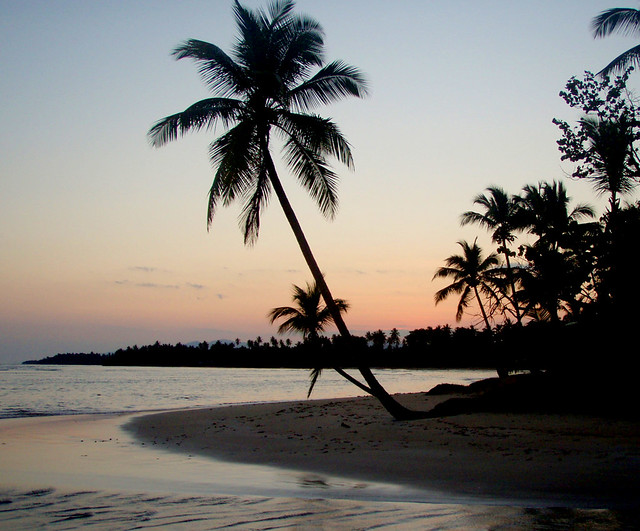
Dominican Republic
-
Temperature
During the Summer the average high temperature is Warm (70-90F)
-
Cost
For the most part, the cost of hotels, food, etc... here is average
-
Crime
Overall, the crime here is average
-
Overview
The Dominican Republic occupies the eastern two-thirds of the island of Hispaniola with the North Atlantic Ocean on one side and the Caribbean Sea on the other. The western third of Hispaniola is the country of Haiti and both countries can be explored on a single trip although Dominican and Haitian relations are strained so it is best to keep your plan to visit both nations to yourself. Crossing the border is also only recommended for the adventurous as gang wars sometimes occur there.
The Dominican Republic offers all the attractions of a typical Caribbean country: gorgeous beaches, exotic fruits, warm temperatures year round, and abundant tropical flora and fauna. But it also holds a bit of risk with for the traveler with more crime than many other Caribbean destinations.
NatureThe Dominican Republic is lined on three sides by crystal blue ocean waters where the waves lap up onto white beaches perfect for a stroll or a beach chair and a drink.
The Western Cibao region features the highest mountains in all of the Caribbean. Hikers can take day trips from Santiago or plan several day excursions through tropical forests. The many national parks also offer excellent hiking opportunities.
While much of the Dominican Republic is popular with tourists and you may not be able to escape your fellow citizens, the Enriquillo Valley is almost unknown to foreigners and provides deep immersion in the flora, fauna, and culture of the Dominican Republic.
CrimeThe Dominican Republic has an average crime rate, but tourists are often the targets of theft in a variety of forms from pick pocketing to credit card fraud and should use caution. Travelers are advised not to bring unnecessary valuables and to make several copies of all important documents and place them in several locations throughout their luggage and on their person. Hidden money belts are recommended. It is also recommended to avoid use of credit and debit cards as fraud is frequent.
The U.S. State Department recommends avoiding public transportation, especially carros publicos (route taxis) and guaguas (urban buses). The U.S. Embassy frequently receives reports of carros publicos drivers robbing tourists.
Criminals in the Dominican Republic often target tourists just as they arrive en route from the airport to their accommodations. It is best to book a taxi in advance by phone or to use the airport run taxi when you arrive and to be vigilant and aware that even though the taxi is reputable a criminal may still follow you.
Most crimes in the Dominican Republic targeted towards tourists do not result in violence, however, thieves do often carry weapons. Violence most often occurs as the result of a victim resisting the perpetrator. Although rare, two separate kidnappings of Americans for ransom occurred in 2007 and there have been occasional murders of Americans in private homes. Sexual assaults are also reported on occasion, especially at the beach.
Any location frequented by tourists, including beaches, resorts, and the airport is at risk, but the risk is not considered greater than the risk of crime in most large American cities.
Search for DealsImage CreditsAll images are used via Creative Commons Attribution rights. View the original images on Flickr at: Image 1, Image 2, Image 3, Image 4




